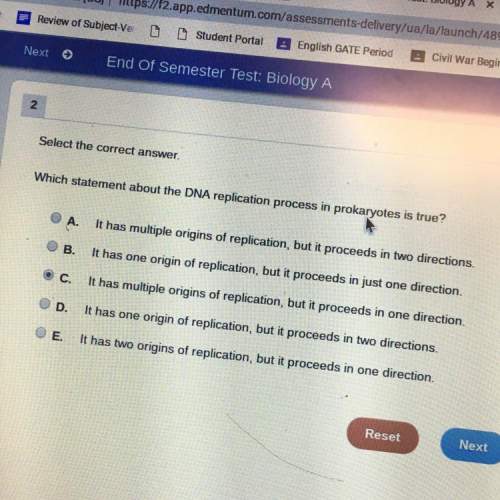
Biology, 11.11.2019 22:31 tjmoney7709
For a large, perfectly hydrophobic solute, it has been proposed that a thin vapor forms around the solute since water is repelled by the hydrophobic surface of the solute.
when two perfectly hydrophobic solute molecules (like lipids or some proteins) lie near enough to each other, then, water may be expelled from the space between them such that the total surface area of water that surrounds them is minimized. after this water is expelled, the solutes are drawn together as the water molecules cohesively pull on each other to further minimize the total water surface surrounding them.
if we model these bio-molecular solutes as spheres with a radius of 8.7 nm (1 nm = 1x10-9 m), which is roughly the average size of a protein, what is the attractive force holding these solutes together?
write your answer in terms piconewtons (10-12 n), which are generally the units used for molecular forces. the surface tension of water, again, is about 0.070 n/m g.

Answers: 1


Other questions on the subject: Biology

Biology, 22.06.2019 05:00, SmartScholar4094
Idon’t know the answer and i’ve been stuck on it for a while now skskskskks
Answers: 1


Biology, 22.06.2019 09:50, heids17043
The frequency of alleles in a population that is in hardy weinberg equilibrium? a . changes in each successive generation b. is less important than the frequency genotypes c. shows evidence of the process of natural selection d. remains the same over several generations
Answers: 2

Biology, 22.06.2019 20:30, STAYxALIVE7814
Explain the difference between mutations in sex cell and those in somatic cells
Answers: 3
You know the right answer?
For a large, perfectly hydrophobic solute, it has been proposed that a thin vapor forms around the s...
Questions in other subjects:

Social Studies, 25.11.2019 10:31



Chemistry, 25.11.2019 10:31



Mathematics, 25.11.2019 10:31



Mathematics, 25.11.2019 10:31




